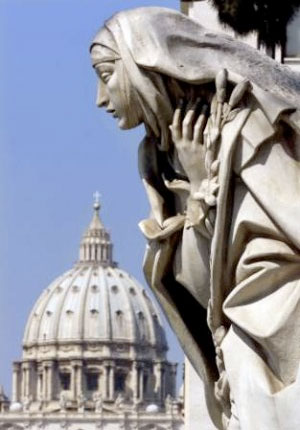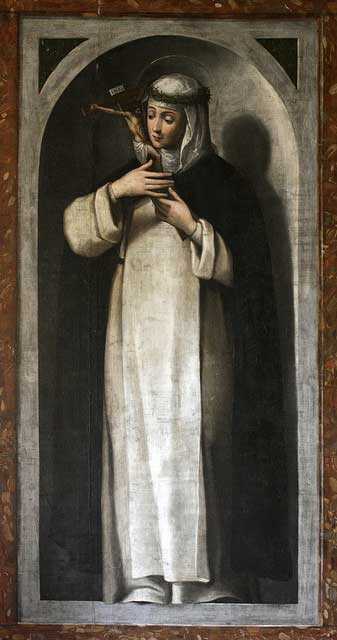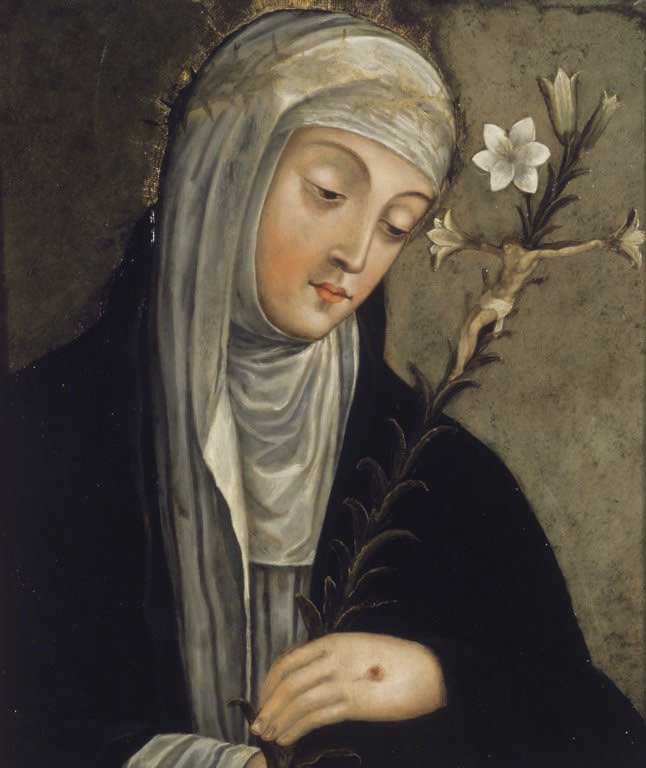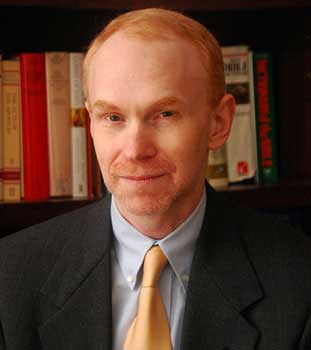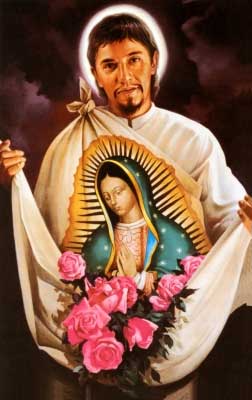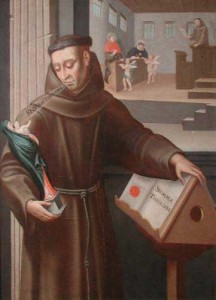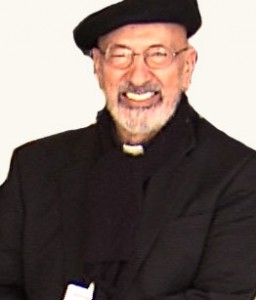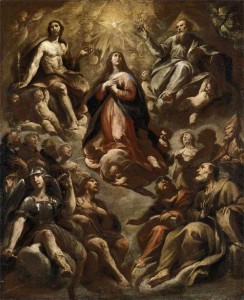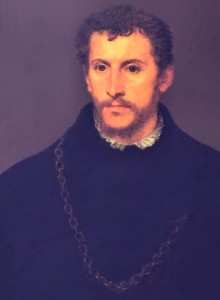Episode 1 – Seeking Truth with Sharon Doran – The Synoptic Gospels: An Overview Part 1
Podcast: Play in new window | Download (12.8MB) | Embed
Subscribe: Apple Podcasts | Spotify | Amazon Music | Android | Pandora | iHeartRadio | JioSaavn | Podchaser | Gaana | Podcast Index | Email | TuneIn | Deezer | Anghami | RSS | More
Sharon Doran serves as the teaching director of “Seeking Truth.” An experienced Bible Study teacher, Sharon has a passion for scripture that will motivate and challenge you to immerse yourself in God’s Word and apply His message to your every day life.
Episode 1 –
From the beginning of time, God planned to send his son, Jesus, to be the savior of the world. The story of Jesus is the story of the Synoptic Gospels: Matthew, Mark and Luke.
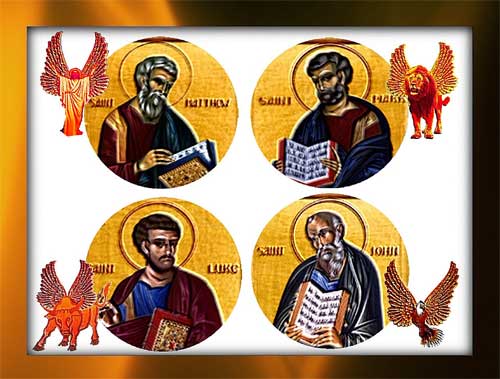 In this 2 part overview lecture, Sharon gives a dynamic teaching that outlines God’s plan of salvation, beginning with the fall in the Garden of Eden and culminating with the life, death and resurrection of Jesus Christ.
In this 2 part overview lecture, Sharon gives a dynamic teaching that outlines God’s plan of salvation, beginning with the fall in the Garden of Eden and culminating with the life, death and resurrection of Jesus Christ.
But just hearing the story is not enough.
As Sharon tells us, the Church exists to evangelize and we are called to spread the Gospel message to a culture in desperate need of a savior.
 “Seeking Truth” is an in depth Catholic Bible Study, commissioned by the Archdiocese of Omaha in response to John Paul II’s call to the New Evangelization as well as Pope Benedict XVI’s exhortation for all Catholics to study scripture. To learn more go to:www.seekingtruth.net
“Seeking Truth” is an in depth Catholic Bible Study, commissioned by the Archdiocese of Omaha in response to John Paul II’s call to the New Evangelization as well as Pope Benedict XVI’s exhortation for all Catholics to study scripture. To learn more go to:www.seekingtruth.net

